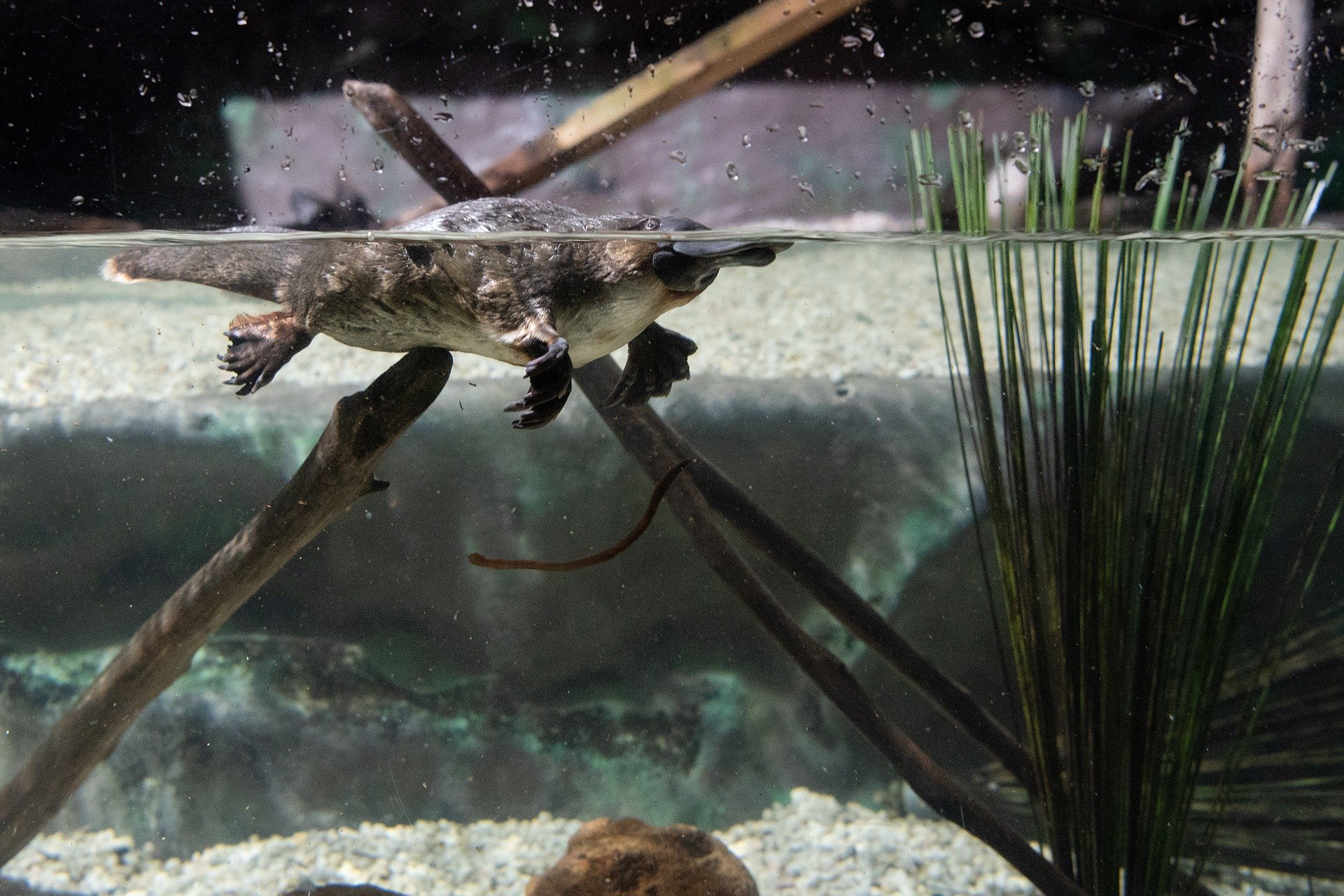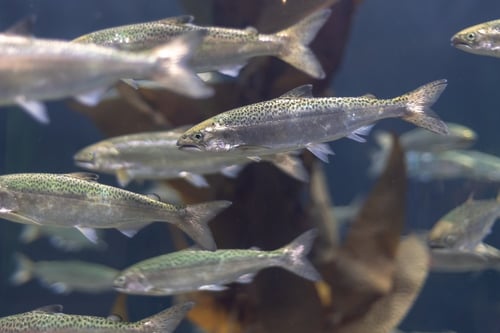
Have an owie? Pop a pill! We humans rely heavily on drugs that make us feel better, kill pain and put us to sleep … but now animals are paying the price.
What do you get when you combine aquatic animals and antidepressants?
The start of a really good joke … or at least, so it seems at first. Sadly, that’s as far as it goes. Because believe it or not, Earth’s fishy folk are actually exposed to regular (and sometimes shockingly high) doses of pharmaceuticals.
It’s not just them, either. Mammals, crustaceans, snails and other animals are also affected. And in almost all cases, it’s not an improvement.
If we want to keep our world ecology healthy, it’s time we take a hard look at this issue … and do something about it.
Today’s Pharma Found in Fauna
 If you think about it for more than a minute, it makes a lot of sense: All those drugs we’re taking have to go somewhere. Turns out, just like shampoo and household cleaners and solvents, they’re being funneled into our waterways.
If you think about it for more than a minute, it makes a lot of sense: All those drugs we’re taking have to go somewhere. Turns out, just like shampoo and household cleaners and solvents, they’re being funneled into our waterways.
The Atlantic likens this to a migration, a perversion of the natural patterns animals have evolved over many millions of years: “Pharmaceuticals are emitted from our bodies, homes, and factories, entering waterways and accumulating in fish, bugs, mollusks, crustaceans, birds, and warm-blooded animals.” This migration is “a pernicious, microscopic one that folds together the private lives of humans with those of riverine creatures.”
Who is affected? Many types of species, including:
- Fish
- Bugs
- Mollusks
- Birds
- Mammals
In some cases, as in Melbourne waterways containing evidence of almost 70 different pharmaceuticals, animals are taking a hefty dose. Area platypuses are estimated to ingest nearly half an adult dosage of antidepressants every single day. Forgive us, but that’s enough to depress anyone.
Behavior and Reproductive Changes … and Not for the Better

So how come we don’t just have happier, better-sleeping minnows and mollusks? Because drugs work differently on different brains and body chemistries.
For instance, salmon are supposed to work their way slowly to the ocean as young smolts, taking their time and arriving only when ready. This reluctance, as The Atlantic explains, probably serves to ensure that they don’t arrive in the big, scary ocean before they’re ready for it.
When exposed to benzodiazepines such as Xanax, however, the fish tend to “go for it” … bolting toward the open water when they’re still too small and vulnerable to handle the challenge. In other words, drugs might be inhibiting the very anxieties that keep salmon safe.
Other studies show that “Synthetic estrogens in oral contraceptives have been linked to decreased reproduction in aquatic species; feminizing male fish and reducing fertility.”
And the list goes on, with changes to mental, behavioral and physical adaptations occurring across species and geographic locations.
Simply put, it needs to stop.
Managing Pharmaceuticals in Waterways: Our Role
 We’d like to say that we should treat all our water with wastewater gardens like they did back in the old days. Sadly, a that’s not feasible for most of us … but there are other things we can do.
We’d like to say that we should treat all our water with wastewater gardens like they did back in the old days. Sadly, a that’s not feasible for most of us … but there are other things we can do.
For one, it’s time to start taking those guidelines about pharmaceutical disposal seriously. Just as you shouldn’t dump paint or antifreeze down the toilet, neither should you chuck a handful of opioids or half a bottle of Ambien in the trash or down the drain.
Sadly, even the FDA recommends flushing certain medications when take-back options don’t exist in your vicinity, but you should always check first to see which disposal programs are available in your area.
Also, don’t take medications longer than you have to. Finish prescriptions all the way to ensure you don't accidentally create a superbug (for which we would all be really mad at you), but don't take them past your recommended course if you can avoid it. Many pharmaceuticals come out the other side largely unchanged, and are then dispenses into the environment through your waste. When you’re done taking a recommended course of meds, call it quits and dispose of them properly.
Lastly, consider going green outside the medicine cabinet as well.
Caring for Waterways the GI Way
Of course, here at Ecogardens, we work hard to ensure cleaner waterways through enhancing green infrastructure (GI) in cities and rural areas. Numerous studies show that plant filtration significantly decreases chemical potency and reduces the toxicity of waterways, which is why we work so hard to promote GI.
From green roofs to gardens to stormwater management, we strive to provide complete solutions to the ills of our watersheds and aquatic habitats. Want to learn more?

